Alter-Egos and the Psychology of Boxing
Greeting, Mr. LaFond,
How are you?
I would like to see the your opinions on the video above, about fighters channeling alter-egos before their fights.
Hope you're doing well.
Bruno Dias
Thank you, Bruno. I am doing well enough.
This treatment on Alter-Egos tends to focus primarily on African-American fighters who have the most fragile combative psychology as a group, due largely to their being stripped of their identity by our liberal European elites who employ these men as athletic, combative and sexual avatars. It is no accident that zero Caucasian fighters are profiled. African Americans have been hammered with the idea for a clean century that they have no merit other than martyrdom and victimhood. This makes the subject of this video that much more compelling. For these men, have reached deep into their origins within to construct their own war shadow, their own Ares, their own Herakles.
Note that Roberto Duran, “alone” of the fighters profiled as remarkable by this boxing fan and martial arts nerd, is said to have had no self-constructed alter-ego, his moniker “hands of Stone” bestowed from outside. He is made to seem the lesser as he is shown being beaten by Hearn and Leonard and his stiff fight against Haggler is omitted. What is more, when all of these other greats had retired or faded into obscurity, Duran—being the real deal—resurrected himself for a second career, as did another man who does not make the list, George Foreman. Duran and Foreman “had the goods” to such an extent that they just had to be themselves to prevail. Duran was savaging bigger men than Haggler into his middle years, defeating the man who crushingly knocked out his nemesis Hearns—these are all omitted to inflate the importance of Alter-Ego constructs over natural gifts. In fact, in the 1970s, when Foreman bought a pet tiger to study it in forming his own war shadow, he failed. His career and might would only be resurrected on the merits of his own easy-going character. Foreman showed the strength of the natural hero by shedding the social chains that this sick nation has wrought to weight the wills of African American men. The other men—more heroic in their own flaming way—managed to construct a heroic identity that skirted the identity crisis forced upon them by the Great American Lie that only African Americans were ever held as slaves and that their only moral merit is martyrdom.
To strike deeper, and examine the contention that ritual mechanics made the ancient warrior able to endure what modern man cannot, we must speak of the Gods and the Arуan notion of war devotion. Crusading nights and conquistadors typically called upon saints to help them through their trials and directly to the supreme God to give them strength, just as more ancient folk, such as the Macedonians, called upon specific deities and often bore their totems, such as eagles and lion-headed helmets.
It is widely known that Alexander the Great [not the “Pretty Good”] aspired to earn godhood. This was actually a manifestation of his extreme religious conservatism. It was understood that Herakles had been a man and had ascended to godhood. Why even Euthymus the boxer ascended to godhood based on his fine character and his single-handed eradication of a human trafficking cult. So, if one were to “conquer the world” all along paying homage to the gods, which Alexander did scrupulously, and even lived up to his name “Protector-of-men” by taking the lightest casualties possible in major victories, than, it was reasoned, that such a pathos as Alexander possessed might possess his men. And indeed it did, for instance when he attacked heedless for his own safety, causing a mad rush of the worlds most seasoned professional killers to do whatever possible to prevent the death of their king on their watch.
With many aspects of Arуan divinity understood to have grown from ancestor worship and the use of archetypes in inspirational conflation, it is no surprise that where other remarkable martial peoples like the Zulus and the Mongols only achieved one remarkable age of conquest, that the Indo-European peoples have often had second and third resurrections of their glory. This has been the subject of conscious efforts to resurrect this ancient war shadow, with the symbology of the Roman legions, for instance, reconstructed by the Spanish, French, Italian and German in modern times. It may be as simple as a people in crisis being reminded that their ancestors were conquerors and using that to inform an internal group avatar. The use of ancient martial rituals in this video fails to illuminate but does succeed in reminding the viewer that the war shadow may serve as an individual and/or collective alter-ego. Such collective alter-egos informed medieval military orders, catholic expeditions of conquest into the early modern era and continue to buoy the spirit of soldiers in elite and legacy units of national militaries.
In late antiquity Herakles had become the patron of self-made men everywhere, including the often usurper Roman emperors and Alexander became Alexander the Great in the common consciousness as the life of a self-made race guttered out and they yearned for rebirth.
For further reading I suggest:
Ernle Bradford’s The Great Siege about the Knights of Malta,
Hammond’s slim biography of Alexander,
Barry Strauss’s The Spartacus War, which examines a metaphysical tribal subtext,
Bust Hell Wide Open and A Battle from the Start, two biographies of Nathan Bedford Forest, with the former focusing on Forest’s construction of his war shadow in a totemic fashion as he contended with hounds and a panther as a youth,
Duprey’s A Genius for War about the German military of the Industrial Age, and
The numerous institutional histories of The French Foreign Legion, specifically concerning the ritual march at Marsaille [editor, spelled this frog town 6 times and can’t get it] associated with the wooden hand of Armand.
link › youtu.be/zhlj1BQA9uU
All Power Fighting
A Fighter's View of Mixed Martial Arts from Achilles to Alexander (The Broken Dance) (Volume 3)


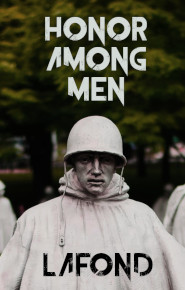
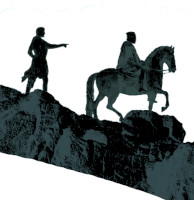
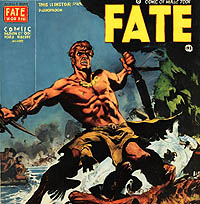
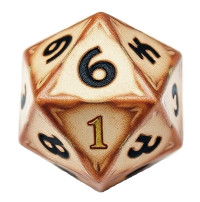


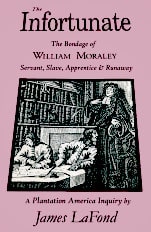


Hey Jame,s thanks for the explanation and the bibliography!